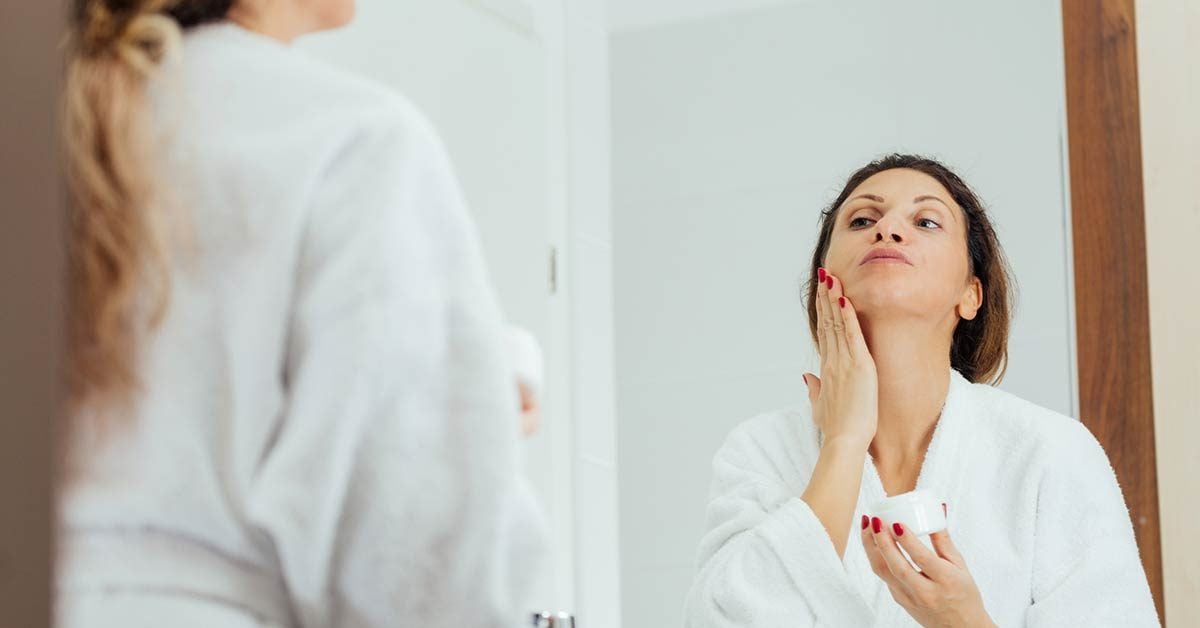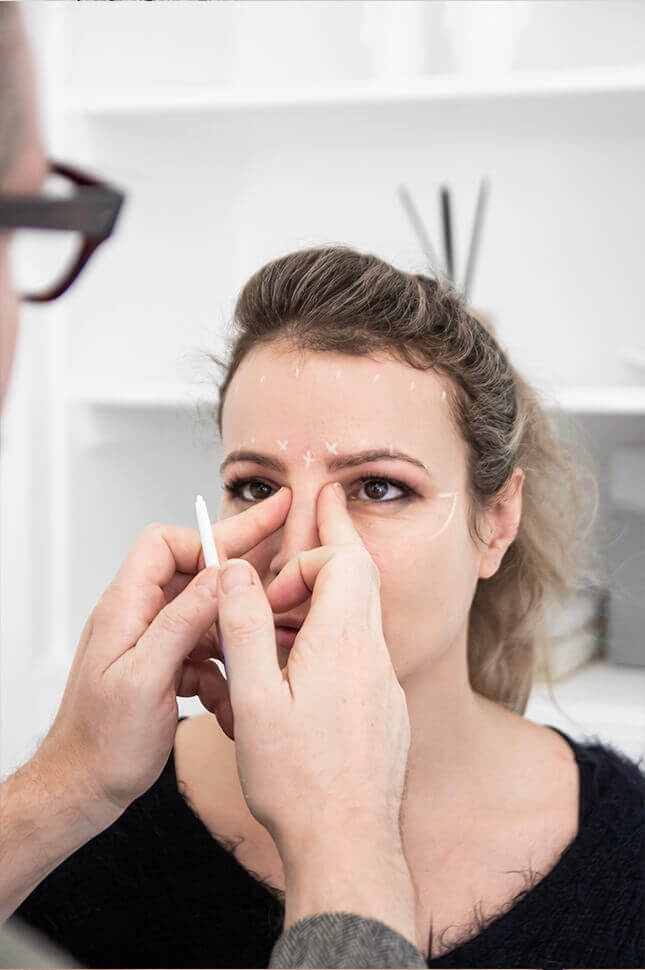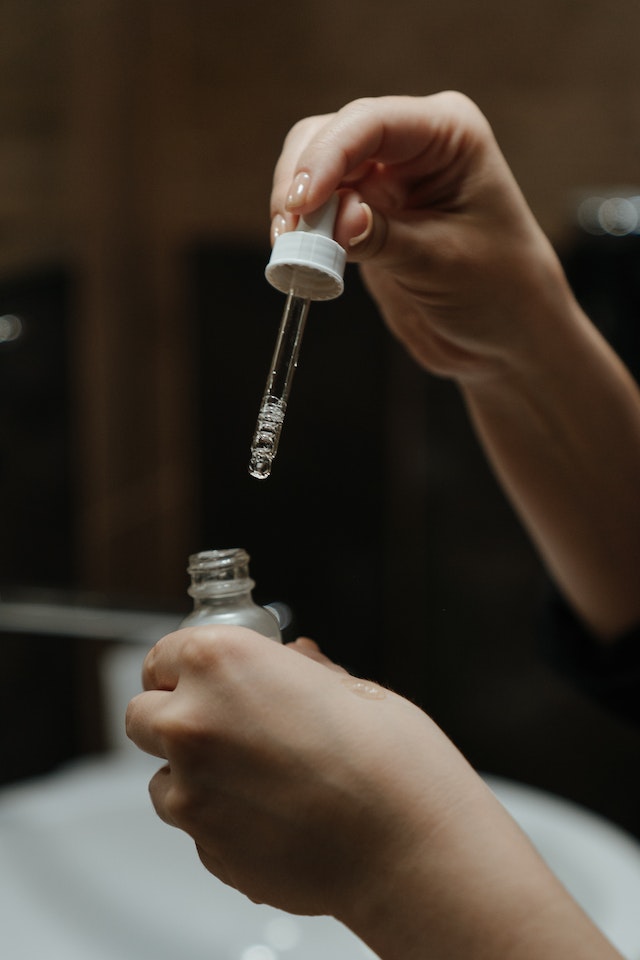Introduction:
In the ever-evolving world of skincare, it’s crucial to separate sweet promises from bitter truths. I’m Dr. Rupali Datta, a seasoned dermatologist with years of experience navigating the intricacies of skincare. Today, we delve into a sugary trend that’s taken the beauty industry by storm – sugar scrubs. While they may seem like a delightful way to exfoliate, there’s more to this sweet indulgence than meets the eye. Join me on a journey where we uncover the hidden risks of sugar scrubs and whether they may not suit your skin.
1. The Allure of Sugar Scrubs:
Sugar scrubs have gained popularity due to their delightful aroma and promise of smooth, radiant skin. The grains of sugar appear harmless, but looks can be deceiving.
2. The Sugar Scrub Experience:
Using a sugar scrub is like giving your skin a sweet treat. The granules work to remove dead skin cells, leaving you with a silky, soft feeling. However, the experience can vary significantly based on your skin type.

3. Why Sugar Scrubs May Not Suit Your Skin:
Before you indulge in the sweetness of sugar scrubs, consider these potential drawbacks:
- Abrasive Nature: The coarse texture of sugar can be too harsh for sensitive or easily irritated skin, leading to microtears and inflammation.
- Acne Aggravation: For those with acne-prone skin, sugar scrubs may worsen breakouts by spreading bacteria and causing more inflammation.
- Uneven Exfoliation: Sugar granules can be unevenly sized, leading to inconsistent exfoliation and potential damage to healthy skin.
- High Glycemic Index: Applying sugar topically can spike blood sugar levels, potentially exacerbating conditions like eczema or psoriasis.
4. Alternatives to Sugar Scrubs:
If sugar scrubs aren’t your skin’s best friend, don’t worry. There are alternative exfoliants that cater to different skin types:
- Chemical Exfoliants: Products containing alpha and beta hydroxy acids are gentler and offer more even exfoliation.
- Enzyme-Based Exfoliants: These use natural enzymes like papaya or pineapple to dissolve dead skin cells without physical abrasion.
- Microbead-Free Scrubs: Look for scrubs with non-abrasive materials like jojoba beads or rice powder.
5. Choosing the Right Exfoliant for You:
Selecting the right exfoliant hinges on your skin type and concerns. Consult with a dermatologist to determine your specific needs and find a product that complements your skin’s requirements.
6. Conclusion: Nurturing Your Skin Wisely:
While sugar scrubs may offer a tempting sensory experience, they’re not suitable for everyone. It’s essential to prioritize your skin’s health over momentary pleasures. As a dermatologist, I recommend a personalized approach to skincare. Consult with a professional to craft a regimen that truly suits your skin’s unique needs. Remember, the path to radiant, healthy skin doesn’t always lead through the sugar bowl.
For expert skincare advice and personalized recommendations, visit Dr. Rupali Datta’s Clinic
Table: Key Points
| Key Points | Details |
|---|---|
| Potential Risks of Sugar Scrubs | – Abrasive for sensitive skin – May worsen acne – Uneven exfoliation – High glycemic index |
| Alternatives to Sugar Scrubs | – Chemical exfoliants – Enzyme-based exfoliants – Microbead-free scrubs |
| Choosing the Right Exfoliant | Consult with a dermatologist to find the best exfoliant for your skin type and concerns. |
Comparative Table: Exfoliants for Different Skin Types
| Exfoliant | Suitable Skin Types | Key Benefits | Potential Drawbacks |
|---|---|---|---|
| Sugar Scrubs | Normal, non-sensitive | Physical exfoliation, sweet aroma | Harsh for some skin types, uneven granules |
| Chemical Exfoliants | Various | Even exfoliation, can target specific concerns | May cause sensitivity if not used correctly |
| Enzyme-Based Exfoliants | Sensitive, uneven tone | Gentle exfoliation, natural enzymes | May require regular use for noticeable results |
| Microbead-Free Scrubs | Normal, eco-conscious | Non-abrasive, environmentally friendly | Varying efficacy based on materials used |
This comparative table helps readers choose the right exfoliant based on their skin type and preferences, highlighting key benefits and potential drawbacks of different options.










